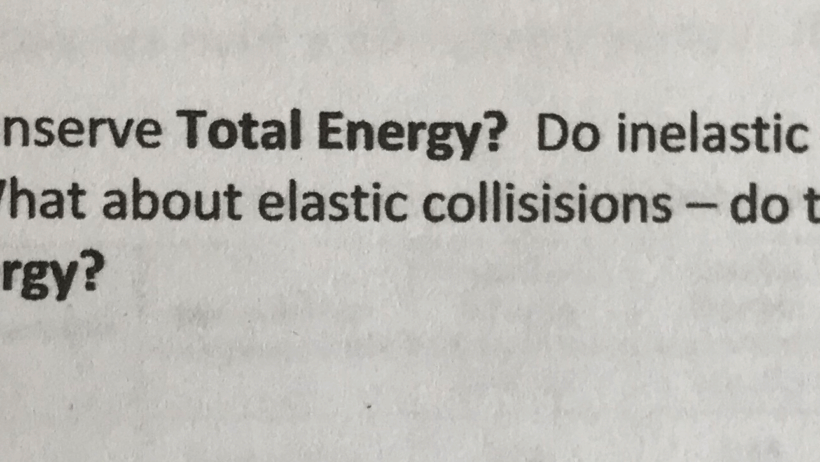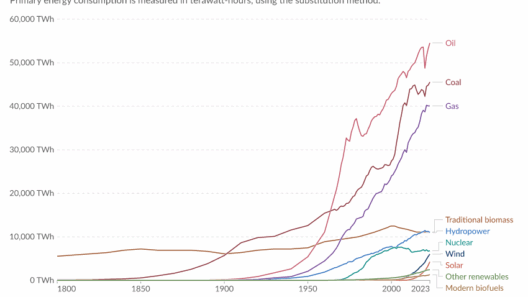Inelastic collisions are a fascinating phenomenon in the realm of physics, specifically within the scope of classical mechanics. Understanding whether they conserve total mechanical energy requires a clear distinction between mechanical energy and other forms of energy during the interactions of colliding bodies. This discourse will detail the nature of inelastic collisions, the principles of energy conservation, and the implications on kinetic energy, providing a comprehensive overview for the reader.
When discussing inelastic collisions, one must first define the fundamental characteristics of such events. Inelastic collisions occur when two colliding bodies do not bounce off each other completely but rather stick together post-collision or experience significant deformation. This transformation often results in a portion of kinetic energy being converted into other forms of energy, such as thermal energy, sound, or structural energy. This leads us to the crux of the matter: the principle of conservation of mechanical energy during these types of collisions.
Mechanical energy is the sum of kinetic energy (energy due to motion) and potential energy (energy stored due to an object’s position). In a closed system where external forces are negligible, total mechanical energy is conserved. However, the nature of inelastic collisions presents a scenario where this conservation does not hold in the same way as in elastic collisions.
In elastic collisions, both momentum and kinetic energy are conserved. This implies that the total kinetic energy of the system before the collision equals the total kinetic energy after the collision. Conversely, in inelastic collisions, while momentum is still conserved due to the law of conservation of momentum, kinetic energy is not conserved. The disparity arises because the kinetic energy lost is transformed into other energy forms, which means the total mechanical energy is not conserved if we only account for kinetic energy.
To elucidate this further, consider a classic example involving two blocks on a frictionless surface. Block A, with mass ( m_1 ) and velocity ( v_1 ), collides with block B, which has mass ( m_2 ) at rest. During the inelastic collision, the two blocks may stick together, resulting in a combined mass of ( m_1 + m_2 ) with a common velocity ( v_f ) post-collision. The initial kinetic energy can be expressed as:
KE_initial = frac{1}{2} m_1 v_1^2 + frac{1}{2} m_2 (0)^2 = frac{1}{2} m_1 v_1^2
Post-collision, the kinetic energy is:
KE_final = frac{1}{2} (m_1 + m_2) v_f^2
By applying conservation of momentum:
m_1 v_1 = (m_1 + m_2) v_f
From this relationship, the final kinetic energy can be rewritten in terms of the initial conditions. It becomes evident that some initial kinetic energy dissipates into sound, heat, or internal deformation energy.
As such, inelastic collisions illustrate an important principle that while momentum is always conserved, mechanical energy, particularly kinetic energy, can be irrevocably lost. This conversion of energy from kinetic to other forms underscores the nuances of energy transformation during physical interactions.
The implications of energy conservation in inelastic collisions extend beyond theoretical physics. In practical applications, such as automotive safety design, understanding energy dissipation during collisions informs the development of crumple zones and airbags. These systems are designed to absorb energy during a crash, thereby protecting the occupants by increasing the duration over which the collision occurs and reducing the force experienced.
Furthermore, this concept resonates in various fields, including sports science. Athletes often utilize inelastic collision principles – such as during tackle in football or during a jump in basketball – to maximize energy absorption and minimize injury risk. Developers of athletic gear utilize the understanding of energy transfer to design equipment that enhances performance while minimizing risk.
Moreover, the broader perspective of energy conservation also raises environmental considerations. Inelastic collisions denote how energy is often irrevocably transformed and can serve as an illustration of humanity’s energy use and conservation practices. The understanding of energy conversion processes is pivotal in advancing sustainable practices, as optimizing energy use becomes essential in every sector, from transportation to industrial applications.
In conclusion, the dialogue about inelastic collisions and energy conservation magnifies the complexities of physical interactions. While mechanical energy is not conserved in inelastic collisions due to the transformation of kinetic energy into alternate forms, the principle of momentum conservation remains intact. This dichotomy underscores pivotal observations in both theoretical frameworks and practical applications. Ultimately, it reveals a profound interplay between energy, movement, and the material world we inhabit – reminding us that every action has a consequence, and understanding these facets is essential for advancing both science and environmental stewardship.








